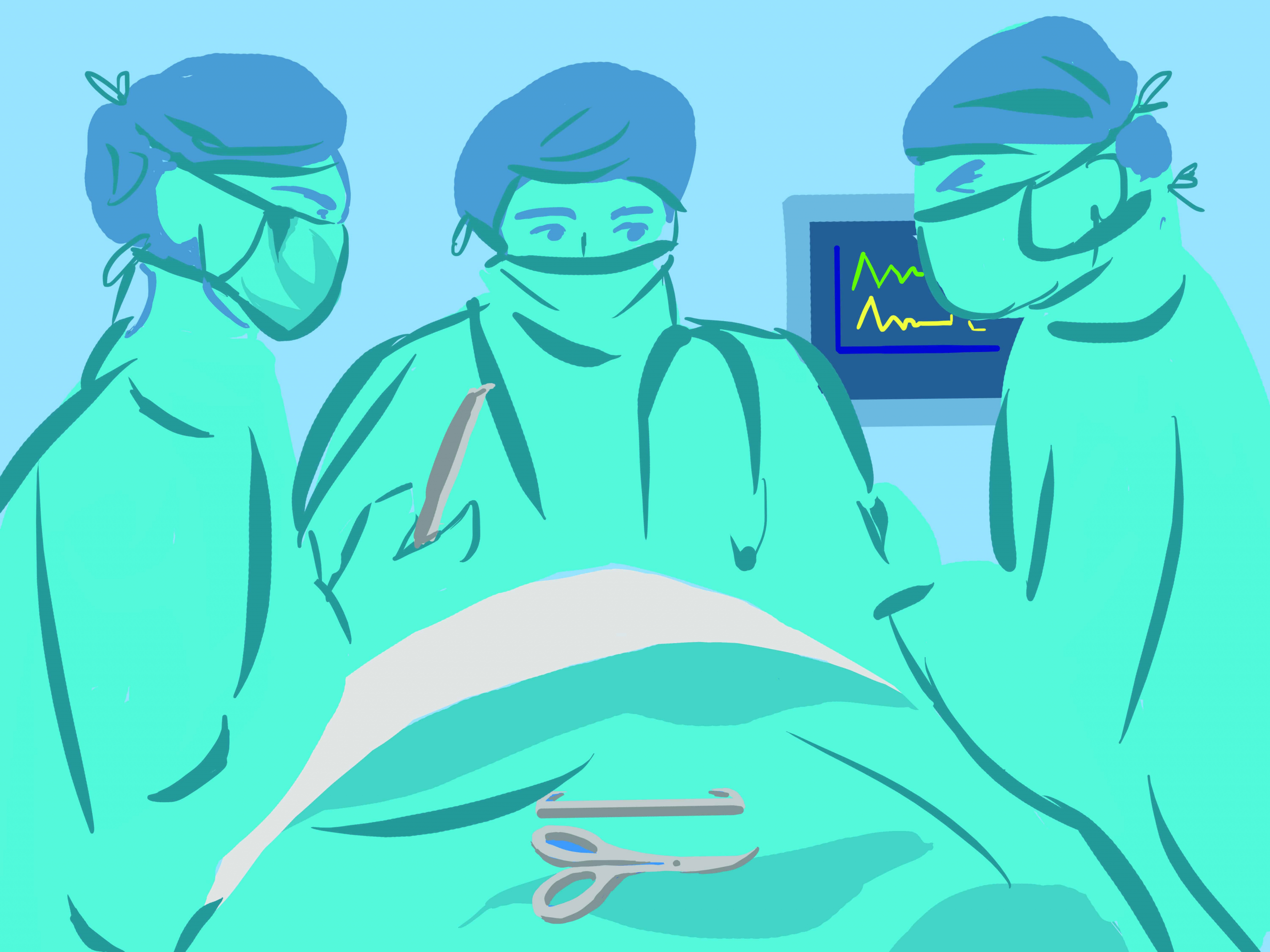Dr. Neil Fam is the interventional cardiologist at St. Michael’s Hospital who successfully performed a surgery-first: he repaired the tricuspid valve of a patient with tricuspid regurgitation using a new device called the
Pascal system.
Located in the heart, the tricuspid valve has three flaps, called leaflets, that open and close to allow blood flow from the right atrium to the right ventricle and to prevent blood from flowing backward. Tricuspid regurgitation is a condition that occurs when the tricuspid valve does not close properly and blood leaks into the right atrium of the heart.
“The quality of life is quite poor [for patients with tricuspid regurgitation],” said Fam. There are many symptoms associated with tricuspid regurgitation: it can cause weakness, fatigue, and swelling, and may be a result of heart failure. As a result, patients with leaky heart valves are frequently in and out of hospitals.
The standard treatment for severe tricuspid regurgitation is an invasive open heart valve repair or replacement. For many patients, especially the elderly, this procedure can be too risky and comes with a long recovery period.
Using the Pascal system, which was developed by medical company Edwards Lifesciences, the surgery becomes much less invasive. The device is guided to the heart via a catheter that is inserted into the femoral vein in the leg. The Pascal system stops blood from flowing backward using a spacer, which fills the space between the leaflets and clamps the leaky valve. The device is permanent and stays in the heart.
The Pascal system reduces the recovery period from months to days and is much less invasive than the standard treatment. The first patient was an 82-year-old woman with recurrent visits to the hospital due to advanced right heart failure and tricuspid regurgitation. After the procedure, the patient’s condition significantly improved, and within days, they were discharged and able to leave the hospital.
“There was a precedent. Everything that happens in science and medicine is usually a step on top of something else. Before, we were using a different device called a Mitraclip to do the same type of procedure. Then, this device was created by a large valve company that basically took all the shortcomings of the other device and improved on it,” said Fam.
The procedure has already been performed on other patients, and it is being adapted by other surgeons outside of St. Michael’s Hospital. It is a surgery that Fam thinks is very reproducible. “We are doing this procedure on more patients. This is not just in Toronto. We are collaborating with people in Europe too,” said Fam. “This procedure is becoming international.”


